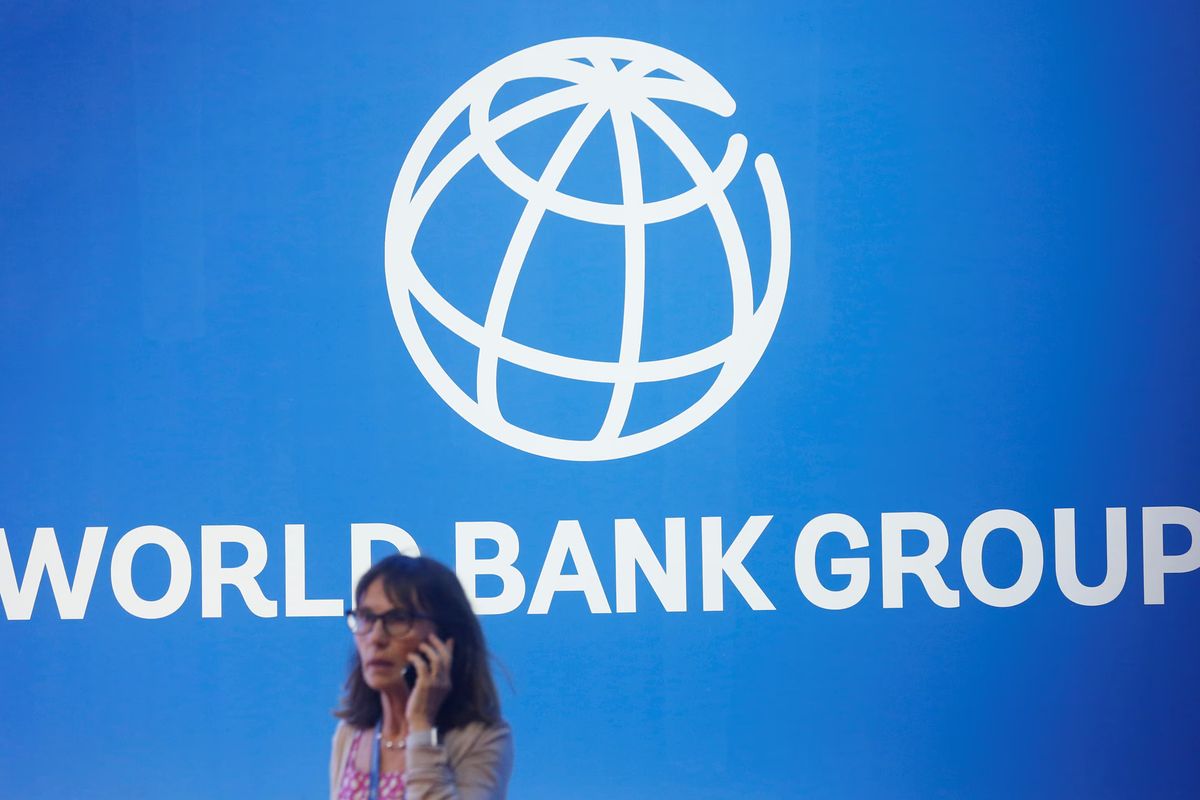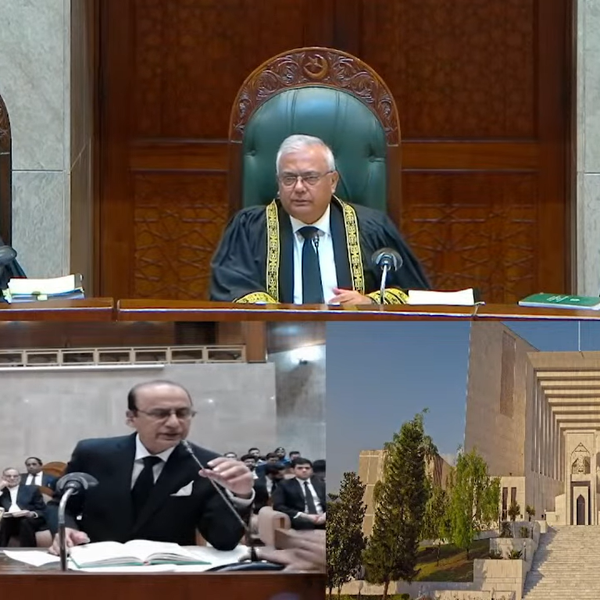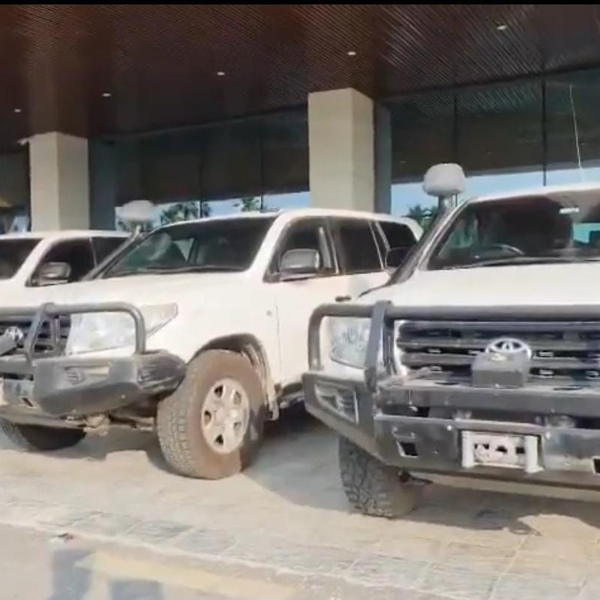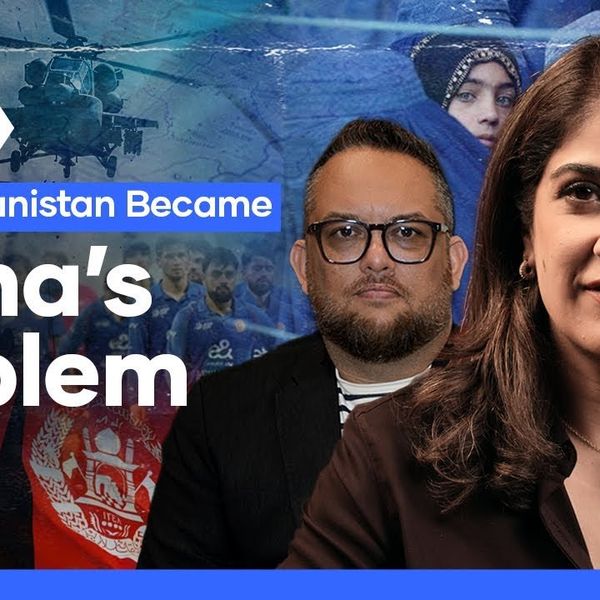World Bank raises poverty line for Pakistan, affecting nearly half of population
New thresholds place 44.7% below $4.20/day as global standards shift; extreme poverty more than triples
Business Desk
The Business Desk tracks economic trends, market movements, and business developments, offering analysis of both local and global financial news.

The World Bank has updated its international poverty lines as part of a routine global revision to reflect evolving price levels and newly available data.
For Pakistan, a lower-middle-income country, the new poverty line is set at $4.20 per person per day, affecting 44.7% of the population, according to a statement issued by World Bank.
The extreme poverty line is now $3.00 per person per day, impacting 16.5% of the population—up from 4.9% under the previous $2.15 threshold. The upper-middle-income poverty line is $8.30 per person per day, covering 88.4% of the population.
These updates are based on 2021 purchasing power parity (PPP) data from the International Comparison Program (ICP) and ensure poverty estimates remain accurate and comparable across countries. The methodology aligns with past updates, continuing a practice that began with the $1-a-day poverty line in 1990.
“The revisions help position Pakistan’s poverty levels in a global context and underscore the importance of continued efforts to reduce vulnerability and improve resilience,” said Najy Benhassine, World Bank country director for Pakistan. “The new figures reflect updated international thresholds and improved data from other countries, not a deterioration in living standards.”
For domestic policy and program targeting, Pakistan’s national poverty line remains unchanged and continues to serve as the primary benchmark. The underlying Household Income and Expenditure Survey (HIES) 2018/19 data used for both national and international estimates also remain the same. While international poverty lines are essential for global comparisons, national lines remain more relevant for country-specific policy decisions.
The update is part of the World Bank’s Global Poverty June Update 2025, which aims to enhance the accuracy of global poverty assessments. The forthcoming World Bank Poverty, Equity, and Resilience Assessment for Pakistan will provide further context for interpreting these estimates. The report will analyze poverty, inequality, and non-monetary outcomes, identify key drivers of poverty, and outline policy recommendations to improve prosperity and resilience.










Comments
See what people are discussing